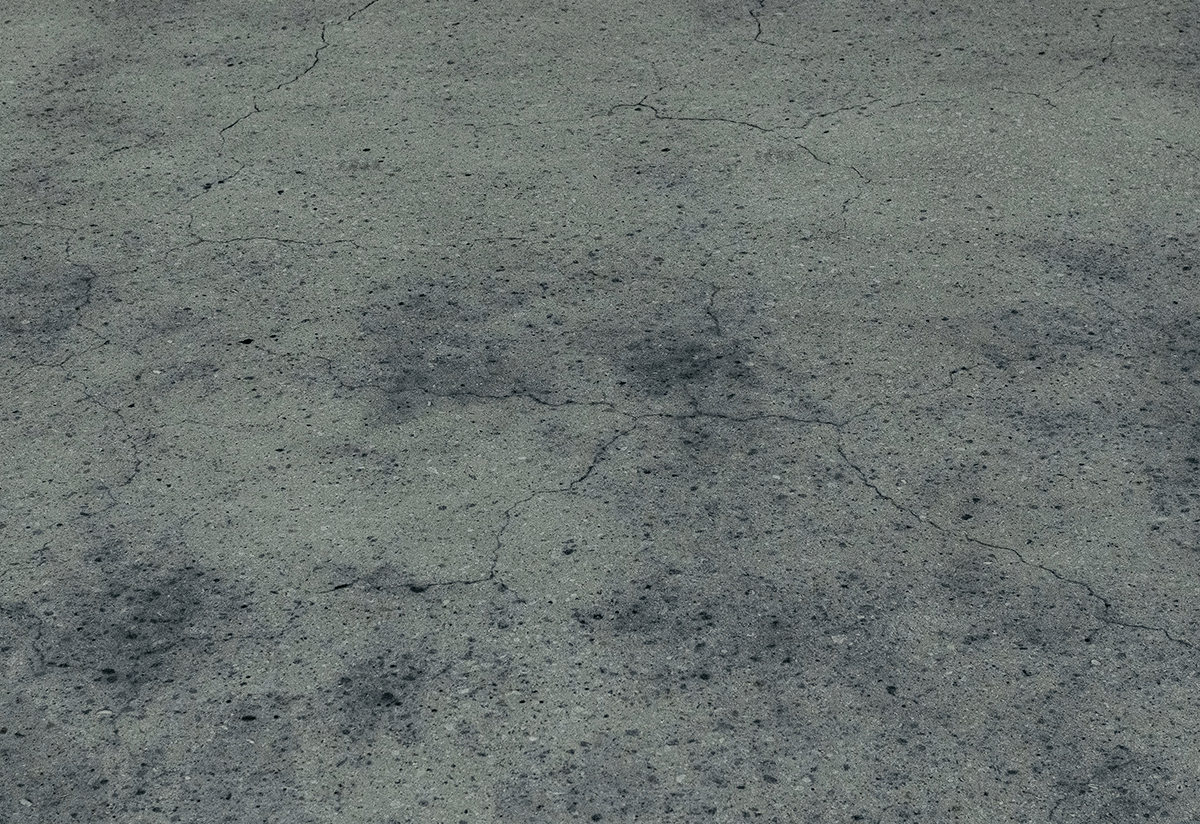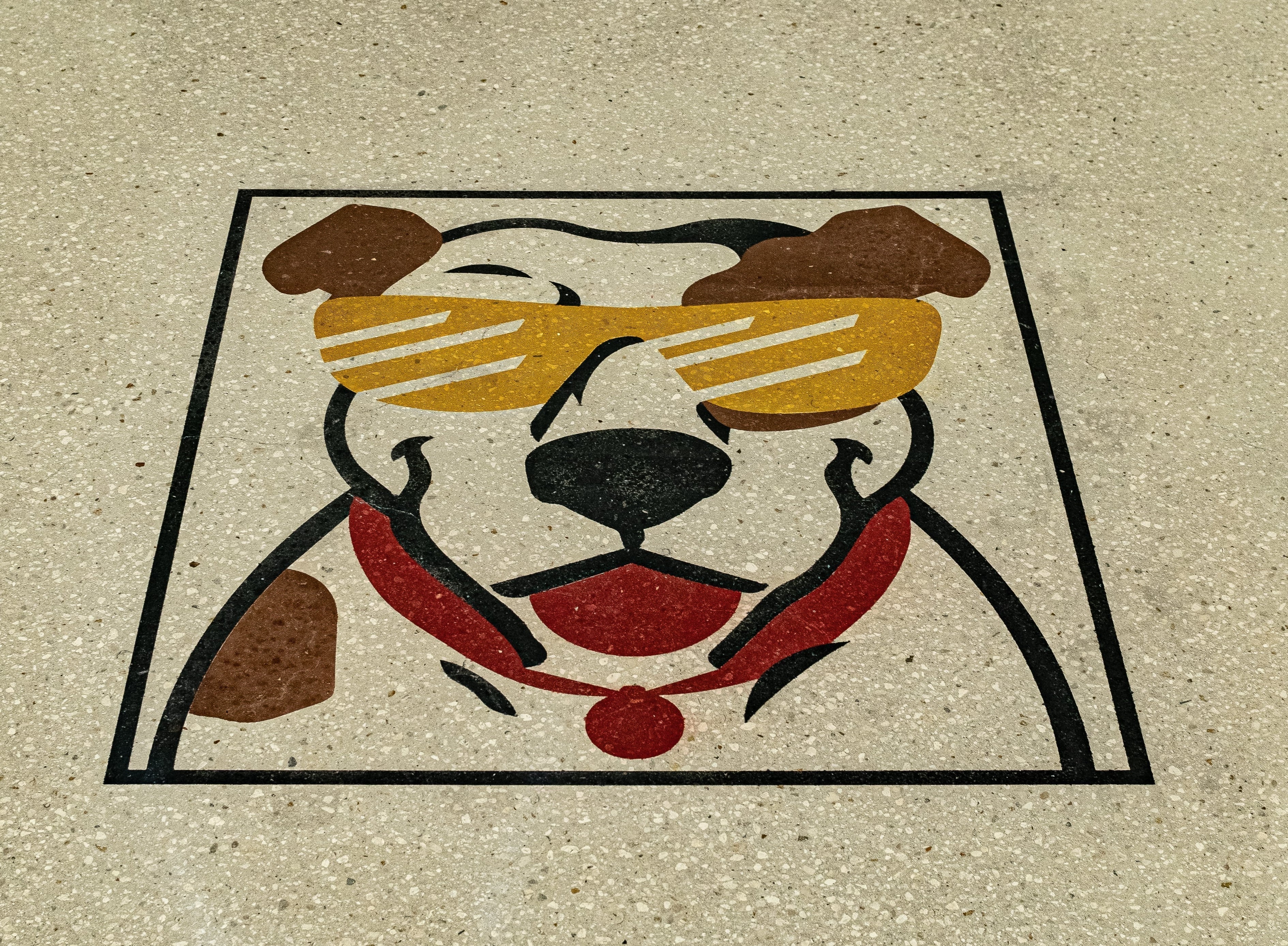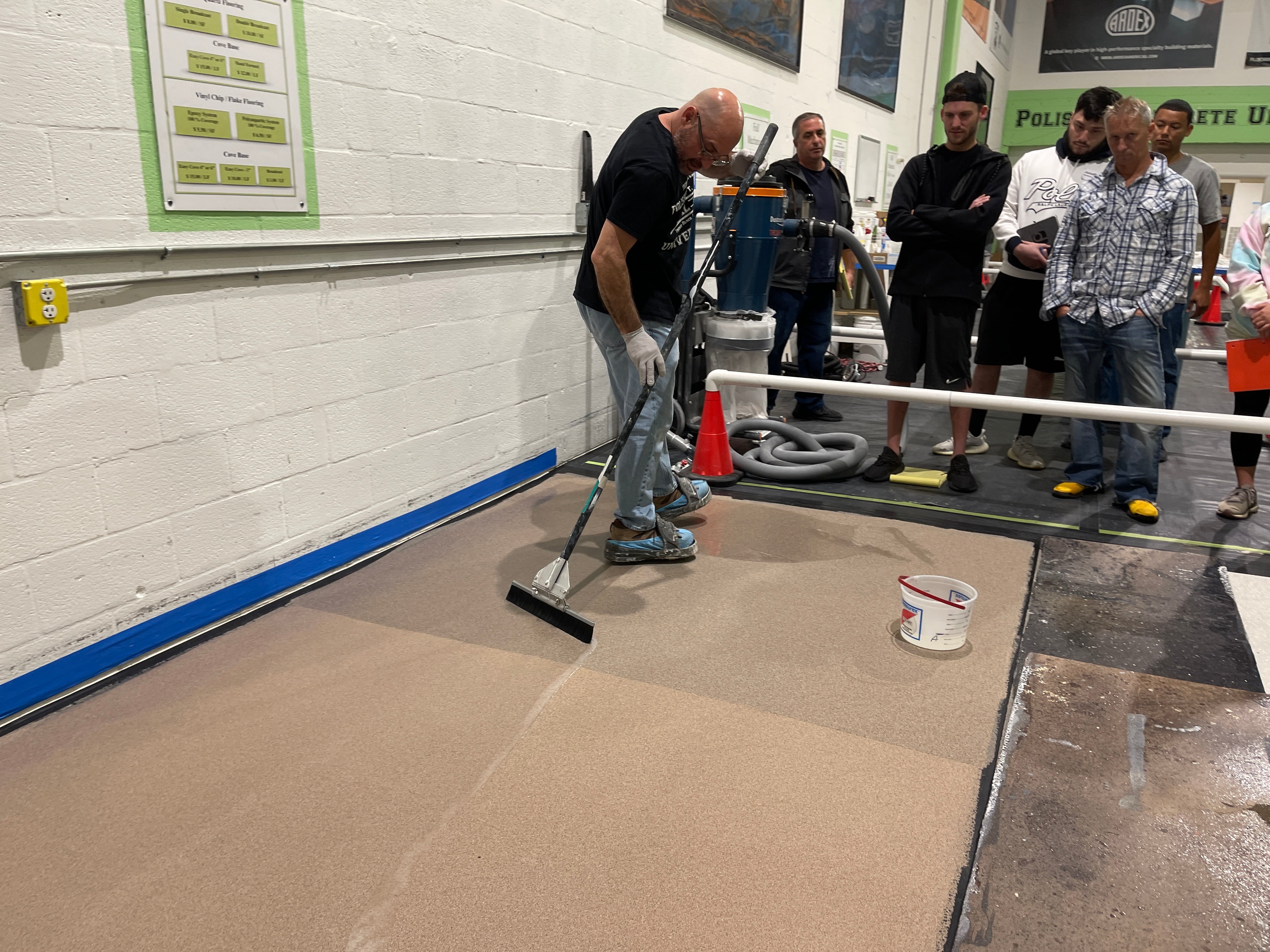
How to Prepare Concrete for Epoxy Flooring
Start strong with surface preparation.
The foundation for exceptional floors begins even before you mix a drop of epoxy. You want to avoid common, job-ending issues with your epoxy flooring? Surface preparation is the key! The good news is that surface preparation is a straightforward process once you know what to do. All it takes is a thoughtful approach, some patience, and a bit of expertise.
In this comprehensive guide, we'll dive deep into the world of advanced surface preparation techniques that guarantee top-notch results. And don't forget to stock up on all the necessary tools and supplies available at EpoxyETC to make your surface preparation journey a breeze!
Quality Epoxy Floors Come With Surface Preparation

Concrete Surface Preparation: Check Moisture
Moisture wreaks havoc on your epoxy flooring, leading to issues like blistering, delamination, or complete failure. That's why it's crucial to assess the moisture levels in the concrete base before you apply any epoxy. It only takes a minute to perform this test, depending on your tools! It's an essential step, especially if you're working in a humid region.
There are two common methods to check for moisture: moisture meters and plastic sheet tests. Moisture meters provide accurate measurements of the moisture content, while the plastic sheet test offers a quick and convenient solution. Moisture meters are often more accurate than the plastic sheet test, so if you want accuracy, invest in a meter. If you want more information on how to deal with moisture on the job, call our technicians at the number on the bottom.
Concrete Surface Preparation: Concrete Repair & Cleaning
It may seem obvious that a broken, chipped concrete base will only lead to a broken, chipped epoxy floor. But too many contractors forget to start with a perfect concrete base. It may take a little extra time, some patience and extra labor, but it's worth the work.
Look at your concrete base. Do you see any chips, cracks, or other signs of wear? Then clean the substrate and remove any dirt, debris, or oil. Next, use a patching compound to fill in cracks and holes, and allow it to cure properly. Once cured, sand down the patched areas to achieve a smooth and even surface.
While you're at it with a grinder or light sanding, check the floor for its levelness. That'll come into play with this next section.

Concrete Surface Preparation: Ideal Concrete Surface Profile, Leveling Concrete
With a clean, repaired, and thoroughly dried substrate, the next step is to ready it for the epoxy application. Two excellent techniques for this step of surface preparation are grinding and shot blasting, which ensure the ideal surface profile for epoxy coatings.
A perfectly seamless concrete base isn't the best fit for epoxy flooring just like a broken, chipped concrete base isn't.
For your first option, shot blasting involves the use of a tool to propel small steel balls at high velocity onto the substrate. Alternatively, you could use an acid etching solution for this, but either way you need to create a slightly rough concrete surface profile.
Then, for larger impurities and unevenness, you may need to invest in a grinder. A quality grinder is an essential tool in any flooring contractor's kit! You'll need either a diamond-tipped grinder or one with abrasive pads to level the substrate & roughen up the surface profile. If the concrete base is very uneven, you may need to even invest in self-leveling concrete solutions.
Concrete Surface Preparation: Apply Primer
The primer is a crucial step in the epoxy flooring process. It's simple, too! Just a thin layer of epoxy onto the concrete base will provide enough of a surface for the main flooring coat to adhere to. The primer works to enhance the adhesion of the epoxy coating. This is where all the previous preparation work truly pays off!
For an effective primer application, make sure that the concrete base is dry, rough, clean, and level. There's a lot of quality primer options available in the market. From moisture-tolerant primers, self-priming epoxies, to solvent-based primers, it's important to research and find the right primer for your project.
Concrete Surface Preparation: Inspect, Clean & Apply
After the primer has fully cured, it's time for the final check-ups and cleaning before you start your installation. Take this opportunity to make sure that everything is clean and clear, no dust, no debris. If you haven't used a dust vacuum during the grinding process (we strongly recommend this), it's important to get rid of any remaining dust!
As you approach the finish line, remember to stay patient and meticulous. Be thorough in your process from beginning to end, and you'll be rewarded a stunning finished floor!
Conclusion
A flawless and long-lasting epoxy flooring installation starts with proper surface preparation. Each step, from moisture testing and substrate repairs to priming techniques and final surface preparation, plays a crucial role in the overall success of the project. Cut corners on these essential steps at your own risk! It'll often lead to subpar results and costly rework. So, it's vital to pay attention to the details and get it right the first time.
No matter your level of expertise, we understand that everyone needs assistance on the job. Whether you have questions about resources or encounter challenges at the jobsite, our dedicated technicians are ready to provide support.
Reach out to us at (954)-799-6359! Additionally, our EpoxyETC online store is specifically designed to cater to your contractor needs, we deliver top-quality resources at competitive prices.




